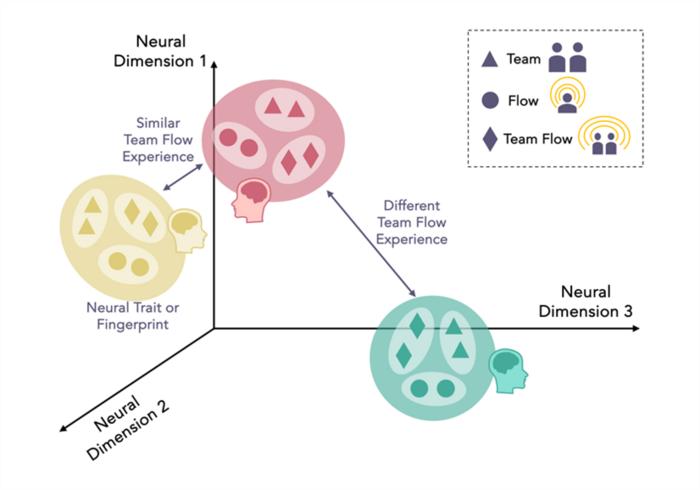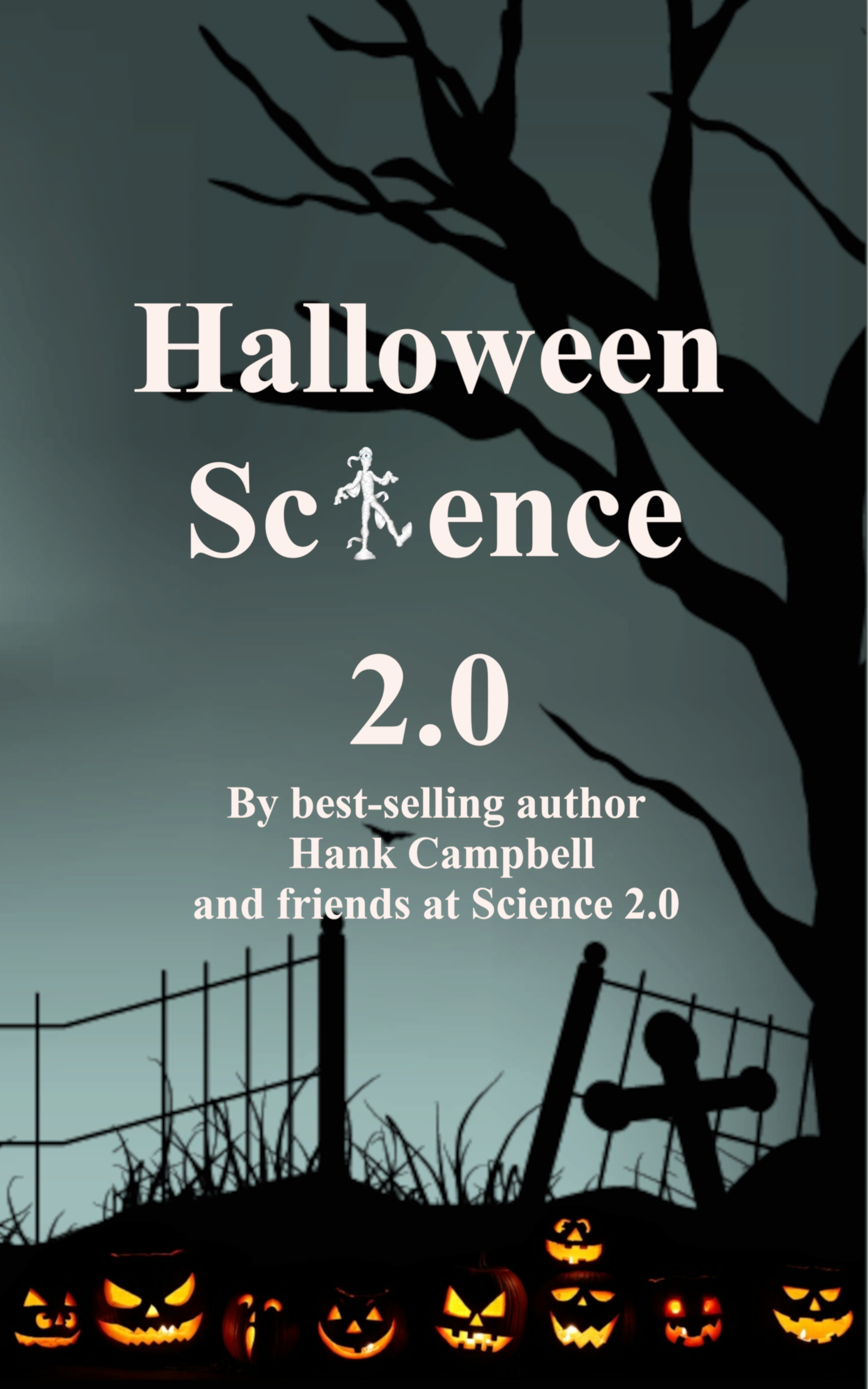The authors of the new paper believe their work demonstrates that individuals whose neural fingerprints are more aligned tend to more readily enter a shared state of deep focus—commonly known as team flow—which has profound implications for enhancing teamwork and performance across various high-stakes environments.
The study was done by analyzing EEG (electroencephalogram) data collected from participants as they engaged in a rhythm-based, collaborative video game. Participants alternated between solo and cooperative gameplay. The study showed that when participants’ brain signatures were closely matched within the 7D space, they were significantly more likely to achieve a shared state of deep concentration, even when faced with external distractions.

Three different brainwaves during team and solo flow states, plotted on a multidimensional space. The closer two individuals' neural "fingerprints" are within this space, the more likely they will easily fall into a state of team flow working together. Credit: copyright(c)Toyohashi University of Technology. All rights reserved, usage restrictions none.
Their algorithm generated a multi-dimensional map of each participant’s brain signature, basically a fingerprint of how they perform and experience tasks. Though neural traits remain mostly stable over time (as do personality traits), they found a subset were related to moment-to-moment brain states during team flow. Dynamic synergy was linked to how long-term neural traits guide real-time social interactions and decision-making.
By bridging the gap between enduring neural markers and transient cognitive states, the authors hope someone will develop practical methods to predict and foster effective collaboration.
Reference:
Qianying Wu, Shinsuke Shimojo, Mohammad Shehata, and Shigeki Nakauchi (Year). A hierarchical trait and state model for decoding dyadic social interactions. Nature Scientific Reports. doi: https://doi.org/10.1038/s41598-025-95916-9





Comments